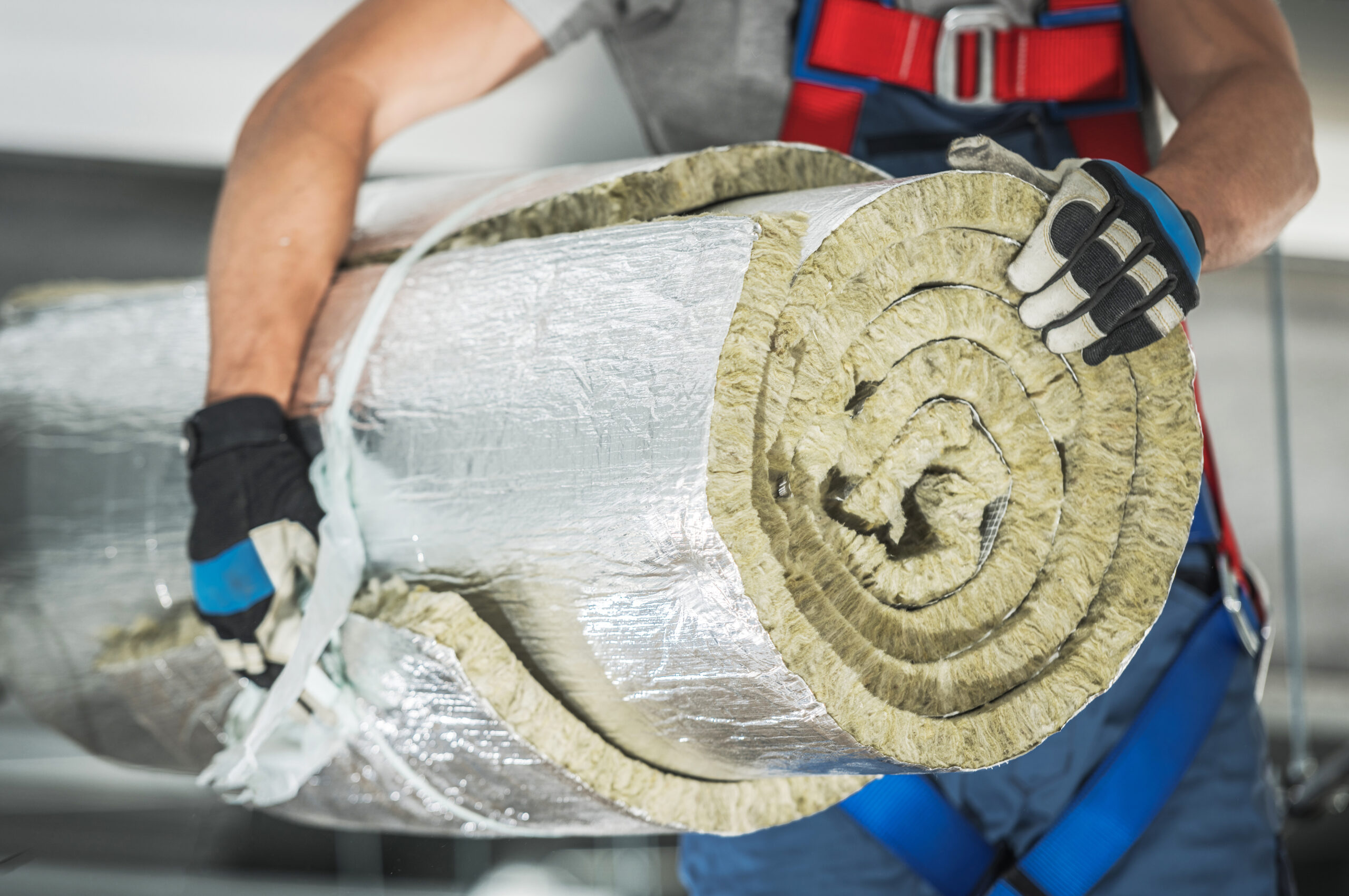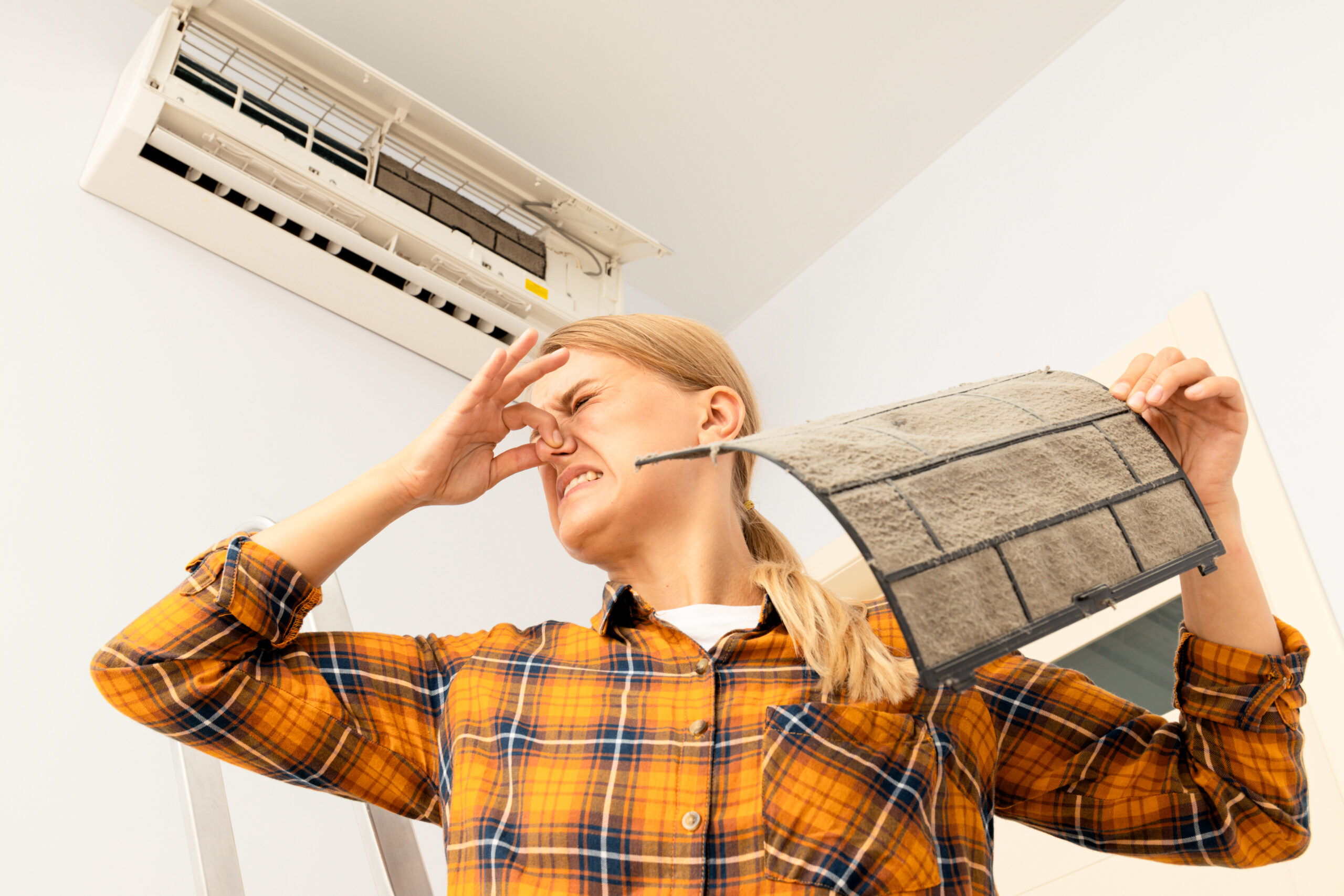Investing In Solar Energy To Reduce Monthly Heating And Cooling Bills
More people are looking to the sun for a break on the monthly cost of heating and cooling their homes and commercial buildings.
The Solar Energy Industries Association (SEIA) reports that in the second quarter of 2014, the U.S. solar market hit a milestone of more than half a million homes and businesses generating solar energy. Solar photovoltaic (PV) installations in residences, businesses and by utility providers in Q2 2014 were measured at 1,133 megawatts (MW), a 21 percent increase over Q2 2013. It was the fourth-largest quarter for solar installs in the history of the solar energy market, according to the SEIA.
The association also noted that in the first half of 2014, more than half (53 percent) of electric generating capacity in the U.S. came from solar installations.
Some major factors driving the solar trend include: a drop in material prices and improvements in energy-generating efficiencies; and solar installation incentives, including a 30 percent federal investment tax credit available through 2016, and state and local rebate and tax incentives.
The cost to heat and cool homes and businesses often makes up 40 to 55 percent of the monthly utility bill, so many home and business owners believe the time is ripe to take advantage of solar-generated electricity, solar water heating, and other environmentally friendly strategies such as geothermal heating and cooling.
“Solar continues to soar, providing more and more homes, businesses, schools and government entities across the United States with clean, reliable and affordable electricity,” said SEIA President and CEO Rhone Resch. “Today, the solar industry employs 143,000 Americans and pumps nearly $15 billion a year into our economy. This remarkable growth is due, in large part, to smart and effective public policies, such as the solar Investment Tax Credit (ITC), net energy metering (NEM) and renewable portfolio standards (RPS).”
Pursuing “Net-Zero”
As more people embrace the benefits of solar and other renewable energy sources, the concept of creating a “net-zero energy” home has become popular. Imagine reaching the point where your monthly utility bills for heating and cooling are almost nothing–or better yet, imagine receiving a check from the electric company for delivering solar-generated electricity from your home to the utility grid!
Creating zero-energy (another name for “net-zero”) buildings requires a strategy of using high-efficiency HVAC equipment, insulation, air quality improvements, and other savvy building techniques.
If you’d like to learn more about the net-zero movement, register for the Sept 18 2014 Department of Energy webinar on the subject at this link, or check out the cool infographic below!








